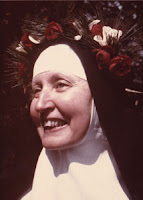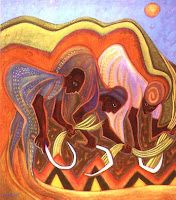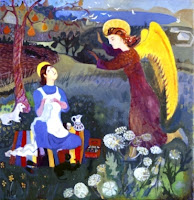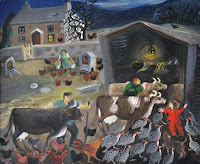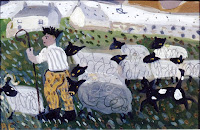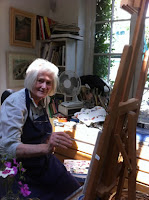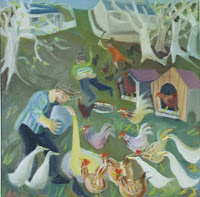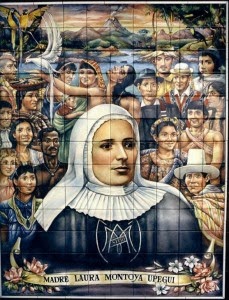![]() |
| Blue-crowned mot-mot, Costa Rica |
![]() |
| Rainbow Rosellas- Australia |
It is not yet September but already the ducks are starting to arrive back for the winter. It has been a cool, and sometimes cold, summer with daily mornings of heavy fogs.
I have recently noticed that the most read of my blogs seem to relate to birding. No wonder as it is the fastest growing outdoor activity in the USA today.
In our present economy it is an inexpensive way to keep the family together, as children enjoy outings as much as adults. All you need are binoculars and a book or two.
![]() |
| Lily & James watching sea birds |
I have found that it is very contagious and my friend Rick is a case in point. He is a young business man who travels a lot. He loves being outdoors and gets to see much of the West. Birds give him a focus to get out and about. His wife, who loves the outdoors as well, said to him one day, I have to see what this is all about. The same thing happened for my brother Greg. When I would visit family in S. California, my two brothers would take me birding along the coast. Greg later said to his wife, she is like a kid in a candy store when she spots something new. So he went home and set up bird feeders and enjoys walks looking for new birds..
What are some of the
reasons we bird?
- Gives you a chance to share with others and to teach young children
- It sharpens your sight
- It encourages you to explore the world
- It provides you with opportunities to meet interesting new people with a common bond
No one in my community shares my passion for birds, so when I meet someone who does, it is like two souls meeting. (A fun movie to watch- which, kids seem to love- is
The Big Year. This tells it all!)
- It provides a focus when you travel to new places- or old- and learn about the environment
- It takes you to out of the way places, which can lead to new friends & experiences
- It helps us to appreciate and treasure what is in nature
- It is great exercise and helps you to relax
![]() |
| Aidan Birding |
How do you get started:- Get several field guides. I have found over the years that not every guide tells you all the details. Go to
Amazon or
Half.com for used copies. No need to spend big bucks.
- When you go to other areas of the country or world get specific guides, for example, when I went to Texas I had a book just for that state. Places where there are many birds in a region, eg. SE Arizona or S. Calif., you can find books just for that area. Why have to page through a book of the whole US when someone has made it easier for you.
- Go for a bird walk. See what birds you find, talk about the habitat
- Set up a feeder area and learn to identify the birds they attract
![]() |
| Hummers at feeder |
![]() |
| Goldfinches & woodpecker |
-Join local trips and do bird counts (Christmas, Great Backyard (Feb.), and Migration in May)
- Internet searches can teach you much about birds (see sites below)
Tips for Successful Birding:
-There are two good times to study birds. One is at home before the trip, reading the
books so you’ll know what to look for. The second time is in the field, looking at the bird
-Walk and talk softly. Bird walks are good times for camaraderie, but not for socializing.
This is more important when watching and trying to listen to small forest birds than when watching large water birds. When you move do so slowly.
![]() |
| N. Cardinals- one of my top 10 favorites |
-Stop a lot. Wait. Watch and listen. Let the birds come to you or pish ( a soft whistling sound) them out.
- Listen. Use your ears to locate birds. Directional hearing is important in getting your eyes in the general location of the bird.
-You should always have a
lifelist. (a list of birds that you've seen). Some even like to do local or state lists.
Places to help you get started:
- Your local Audubon has information and even planned walks
- birding.com ( lists the 25 top Birding sites)
-WWW.NPS.GOV (NATL PARK SYSTEM has lists of birds found in the park)
-WWW.BIRDWATCHING.COM
-
Birdingpal.org is a favorite of mine. People in areas of the world list their email
and when they can bird with you. I first tried it in my brother Jeff's area for Orange Co. A woman answered (who I later found was the pres. of the largest Audubon Soc. in S.C.). She had never had anyone call, so was a bit wary, bringing a friend. Turns out she lived just blocks from my family. She had originally said she had one hour. Four hours later she returned me home. My sister-in-law was sure I was being held for ransom! I have birded many times with Dee and she always takes me to fab places for lunch on our trips.
![]() |
| Bolsa Chica- a favorite spot of mine in S. Calif. |
When I went to Costa Rica I emailed a man, who was out of the country, but he put me in touch with a friend of a friend who became our "private" and wonderful guide in the north.
Internet Birding Links - Bird songs: I like this web site because it has neat bird sounds for a lot of birds, plus links to other bird song sites.
-
The Audubon Society: This Web site is great because it has great pictures and a list of almost endangered birds.
-
Birding on the Web has the most complete set of links for serious bird watchers.
-
Bird Feeders Online has good information on how to build bird feeders and nests.
- Backyard Birding. This is about the best starting point for backyard birding. It has great links to everything.
- Bird On! has great descriptions of tons of birds, and great pictures (photos and paintings) of each bird.!
-
Cornell Lab of Ornithology(birding): This site has bird sounds of the week and the bird of the week.
So get started and enjoy life!!! You never know what can happen!![]() |
| Unexpected friend- Australia |


